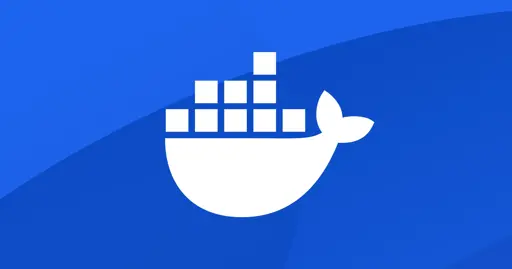AFAIK every NAS just uses unauthenticated connections to pull containers, I’m not sure how many actually allow you to log in even (raising the limit to a whopping 40 per hour).
So hopefully systems like /r/unRAID handle the throttling gracefully when clicking “update all”.
Anyone have ideas on how to set up a local docker hub proxy to keep the most common containers on-site instead of hitting docker hub every time?



Well shit, I still rely on Docker Hub even for automated pulls so this is just great. I guess i’m going back to managing VMs with OpenTofu and package managers.
What are our alternatives if we use Podman or K8s?
The issue isn’t Docker vs Podman vs k8s vs LXC vs others. They all use OCI images to create your container/pod/etc. This new limit impacts all containerization solutions, not just Docker.
Instead, the issue is Docker Hub vs Quay vs GHCR vs others. It’s about where the OCI images are stored and pulled from. If the project maintainer hosts the OCI images on Docker Hub, then you will be impacted by this regardless of how you use the OCI images.
Some options include:
Lxc doesn’t use oci images? I always end up using docker in lxc when dockeris the only option (which I have not figured how to makw work on my airgapped side
Ah, you’re right. I’ll edit my comment.
incus may be an option for you though. It supports both LXC/LXD and OCI (although not nearly as well as Docker/Podman/Kubernetes - I don’t think it supports any compose files).
@interdimensionalmeme @wireless_purposely832
I believe Graber did a talk at FOSDEM this year about using OCI images in Incus.
https://github.com/lxc/lxc/commit/0ef43a5c1d635835950335375f0dd71bf1abe384
It does.
Does that mean I could rip the oci image out of a docker and run ir as an lxc?
I much prefer dealing with lxc systems than docker even if dockers are lighterweigth.
I feel more in control with using lxc
If you’re using just raw LXC it’s easy…
lxc-create <<name>> -t oci -- --url docker://alpine:latestWill spawn an alpine docker container for instance.
If you’re using something like proxmox though, it’s a little more annoying since there’s some work to get proxmox to add it to it’s container list.
Great, I’ll try with docker-mailserver, which I’m running inside docker inside a debian lxc